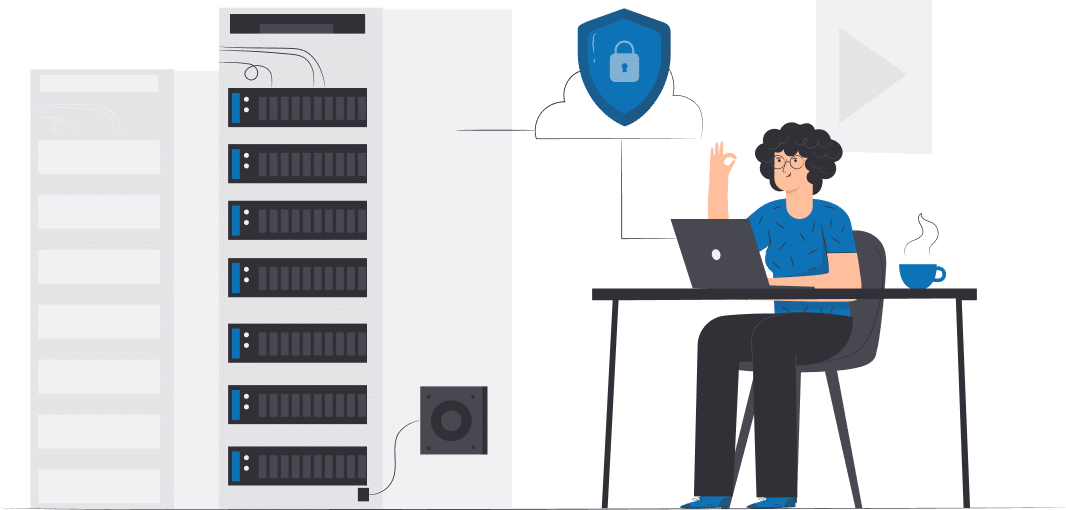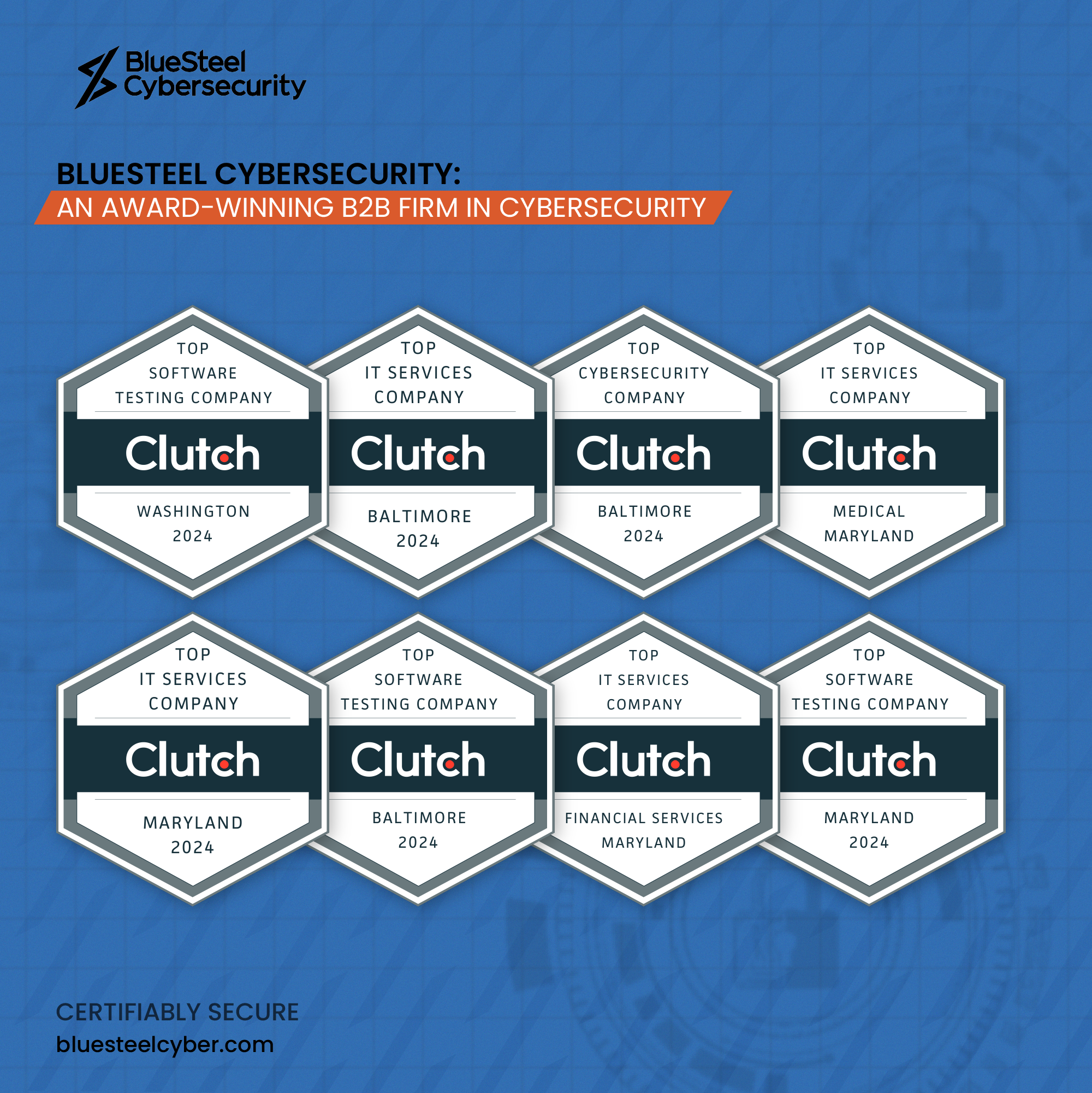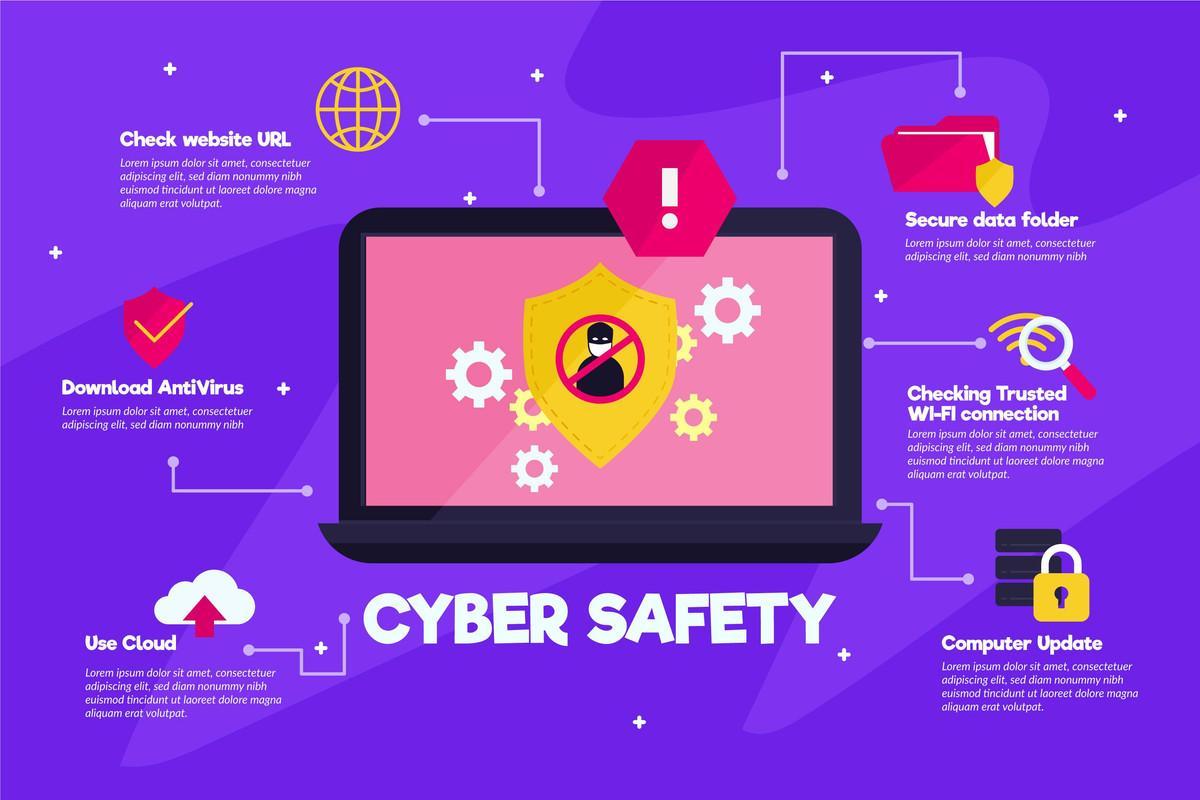In the digital landscape of the 21st century, the healthcare sector is continuously grappling with numerous challenges. Among the most significant of these challenges is the management and protection of patient health information. The Health Insurance Portability and Accountability Act (HIPAA), a robust set of regulations, provides a framework for dealing with this critical issue.
The mainstay of these regulations is to ensure the confidentiality, integrity, and accessibility of patient health data. As such, it is incumbent upon healthcare organizations to thoroughly understand and comply with HIPAA regulations. Doing so ensures that the sanctity of patient health information is maintained, and it also provides legal coverage to these organizations, protecting them from significant penalties.
What is HIPAA Compliance?
HIPAA, an acronym for the Health Insurance Portability and Accountability Act, was enacted by the U.S. Congress in 1996. Primarily, it’s designed to protect individuals’ medical records and other personal health information. HIPAA applies to covered entities such as healthcare providers, health plans, and healthcare clearinghouses, and to their business associates who handle protected health information (PHI) on their behalf.
Compliance with HIPAA involves adhering to standards set forth for the protection of PHI that is held or transferred in electronic form, otherwise known as electronic Protected Health Information (ePHI). This involves implementing necessary administrative, physical, and technical safeguards to ensure the confidentiality, integrity, and security of ePHI.
Why is HIPAA Compliance Important?
In our increasingly interconnected world, the importance of HIPAA compliance cannot be overstated. It serves as the cornerstone of patient privacy and data security in the healthcare industry.
Penalties for Non-Compliance
Failure to comply with HIPAA regulations can result in grave repercussions, both legally and financially. The penalties for HIPAA non-compliance are tiered, based on the perceived level of negligence. They can range from $100 to $50,000 per violation, with a maximum penalty of $1.5 million per year for violations of an identical provision.
These figures underscore the serious financial risk that non-compliance poses. In addition to financial penalties, non-compliance can also lead to criminal charges and civil lawsuits. Furthermore, non-compliance can result in significant reputational damage, which can severely impact an organization’s operations, customer trust, and business relationships.
Protecting Patient Privacy
Compliance with HIPAA ensures that healthcare organizations protect the privacy of their patients. HIPAA sets forth stringent rules about who can view and receive health information and gives patients specific rights over their health information. This includes the rights to examine and obtain a copy of their health records and to request corrections if they identify errors or omissions, which not only helps build trust with patients but also adds to the organization’s credibility.
Data Security
HIPAA compliance also plays a pivotal role in data security. With the surge in cyberattacks and data breaches targeting the healthcare sector, ensuring data security has never been more critical. The HIPAA Security Rule requires organizations to implement security measures that substantially reduce the risks of a data breach and ensure the confidentiality, integrity, and availability of ePHI. These regulations aim to secure patient data against unauthorized access or theft, thus protecting patients and maintaining their trust in healthcare institutions.
Understanding HIPAA Compliance Requirements
The complexities of HIPAA rules and regulations can appear daunting, however, understanding them is a crucial first step for any healthcare entity striving for compliance. It’s essential to note that HIPAA compliance is an ongoing process rather than a one-time accomplishment, requiring regular assessments and updates.
Administrative Safeguards
Administrative safeguards form the backbone of the HIPAA Security Rule, constituting over half of its requirements. These safeguards are essentially a collection of policies and procedures designed to provide a comprehensive plan of action demonstrating an entity’s compliance with HIPAA. Administrative safeguards primarily focus on internal organization, personnel training, and response and management of security incidents.
Risk analysis and management form a critical part of these safeguards. The organization must regularly review records to track access to ePHI and detect security incidents. Potential risks and vulnerabilities to ePHI’s confidentiality, integrity, and availability must be identified and security measures developed to mitigate these risks. In addition, there must be defined sanctions against workforce members who violate these policies and procedures.
Technical Safeguards
The HIPAA Security Rule’s technical safeguards focus on the use of technology to protect ePHI and control access to it. It’s important to note that the Security Rule doesn’t explicitly define the measures to be taken, offering flexibility to organizations to choose measures suitable for their operations.
Access control is a crucial component of these safeguards, ensuring that only authorized individuals have access to ePHI. This may involve unique user identification, emergency access procedures, automatic logoff, and encryption and decryption. Further, organizations should implement hardware, software, and procedural mechanisms that record and analyze activity in information systems containing or using ePHI.
Physical Safeguards
Physical safeguards are centered around actual, physical measures, policies, and procedures to protect the entity’s electronic information systems, related buildings, and equipment from natural and environmental hazards, and unauthorized intrusion. This involves restricting physical access to facilities to authorized personnel, setting up defined procedures for workstation use, and implementing policies regarding the receipt and removal of hardware and electronic media that contain ePHI.
Ensuring HIPAA Compliance
Ensuring compliance with HIPAA is not a one-time task, but an ongoing process that requires continuous commitment and effort. It requires a constant cycle of conducting and reviewing risk assessments, making necessary adjustments, performing regular audits, maintaining training programs, and staying alert to changes in operations or regulations.
HIPAA Compliance Checklists
In the labyrinth of HIPAA regulations, a HIPAA compliance checklist serves as a valuable compass for healthcare organizations. A well-crafted checklist can provide a systematic approach for organizations to assess their compliance status, identify gaps, and implement the necessary corrective measures.
These checklists are generally comprehensive, covering multiple areas of HIPAA regulations. For instance, under the privacy rule section, the checklist may include items concerning patient rights, such as the right to access their health information and request corrections. It could also include questions on the organization’s notice of privacy practices and whether it has obtained the necessary patient authorizations for uses and disclosures of protected health information (PHI).
The security rule section of the checklist typically delves into the specifics of the administrative, physical, and technical safeguards. It may involve items like whether the organization has designated a security official, whether a risk analysis has been performed, or if there are policies and procedures in place for access control.
Sections on breach notifications and enforcement rules further add to the checklist’s comprehensiveness. The breach notification section would typically evaluate if the organization has policies and procedures in place to identify and respond to breaches of unsecured PHI. The enforcement rule section, on the other hand, would assess the organization’s preparedness to face investigations or inquiries from the Office for Civil Rights.
HIPAA Compliance Audits
Compliance audits are another crucial element in the HIPAA compliance process. These audits provide an objective assessment of an organization’s adherence to HIPAA rules, helping to identify any potential weaknesses in their current practices and procedures.
Audits can be internal or external. Internal audits are conducted by the organization’s own staff, usually by a designated compliance officer or team. This type of audit allows the organization to have a regular check on its processes and immediately address any issues that arise. It is a proactive approach to ensure continuous compliance with HIPAA regulations.
External audits, on the other hand, are conducted by third-party vendors or consultants. These audits provide a fresh and objective perspective on the organization’s compliance status. External auditors have extensive expertise in HIPAA regulations and bring the advantage of having audited multiple organizations, giving them insight into best practices and common pitfalls.
HIPAA Compliance Training
In the realm of HIPAA compliance, training is an indispensable element. It bridges the gap between policies on paper and their application in real-world scenarios. The aim is to ensure that all members of an organization’s workforce, including employees, volunteers, trainees, and even contractors, have an accurate understanding of HIPAA rules and their role in maintaining compliance.
The training content should cover a wide range of topics, including an overview of HIPAA regulations, the organization’s policies and procedures related to HIPAA, patient rights under the HIPAA Privacy Rule, and the employee’s role in protecting patient privacy and securing ePHI. It should also cover specific scenarios that employees might encounter in their daily work, offering guidance on how to respond in compliance with HIPAA rules.
Conclusion
HIPAA compliance is not a singular accomplishment; it’s an ongoing journey that requires continuous monitoring, assessment, and improvement efforts. As healthcare organizations traverse this journey, they are not only aligning their practices with legal requirements but are also fortifying their commitment to patient privacy and data security, a keystone for building and maintaining patient trust.
Given the complexities of HIPAA compliance, outsourcing HIPAA compliance services is becoming an increasingly appealing solution for many healthcare organizations. By partnering with a competent provider of HIPAA compliance services, organizations can benefit from specialized expertise, gain access to comprehensive resources tailored for HIPAA compliance, and free up their internal staff to focus on core healthcare delivery.
Remember, HIPAA compliance is more than a legal mandate; it’s a commitment to patient trust and data security. As we move forward in the digital healthcare era, HIPAA compliance, whether managed internally or outsourced, will remain an integral part of healthcare operations. Thus, all healthcare organizations should endeavor to maintain a robust and effective HIPAA compliance program, keeping pace with the evolution of regulations and technological advancements.







